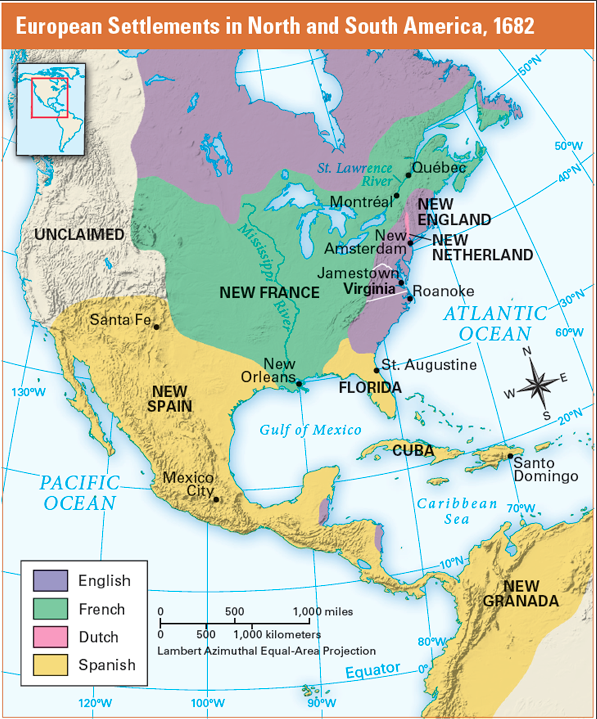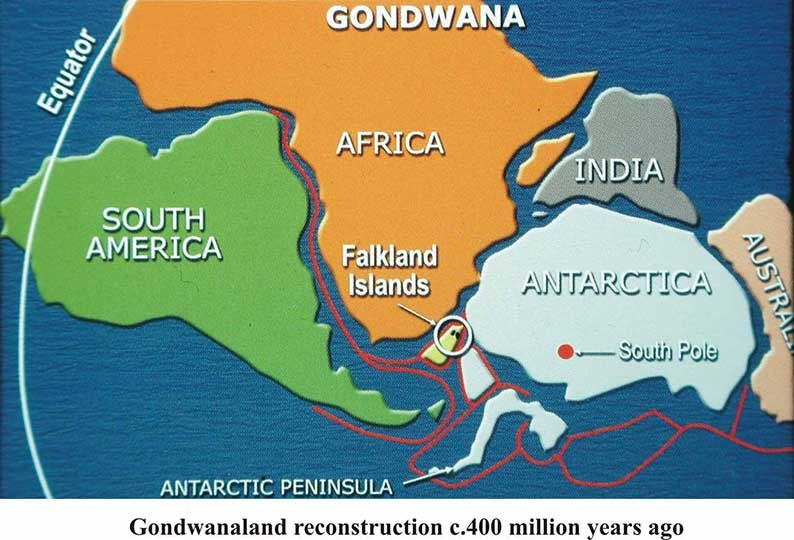

The bull did not mention Portugal or its lands, so Portugal could not claim newly discovered lands even if they were east of the line. On Pope Alexander VI ( Rodrigo Borgia), an Aragonese from Valencia by birth, decreed in the bull Inter caetera that all lands west of a pole-to-pole line 100 leagues west of any of the islands of the Azores or the Cape Verde Islands should belong to Castile, although territory under Christian rule as of Christmas 1492 would remain untouched. After reading the letter the Catholic Monarchs knew they did not have any military power in the Atlantic to match the Portuguese, so they pursued a diplomatic way out. The Portuguese king also stated that he was already making arrangements for a fleet (an armada led by Francisco de Almeida) to depart shortly and take possession of the new lands. On his way back to Spain he first stopped at Lisbon, where he requested another meeting with King John II to prove to him that there were more islands to the southwest of the Canary Islands.Īfter learning of the Castilian-sponsored voyage, the Portuguese King sent a threatening letter to the Catholic Monarchs, King Ferdinand and Queen Isabella, stating that by the Treaty of Alcáçovas signed in 1479 and by the 1481 papal bull Aeterni regis that granted all lands south of the Canary Islands to Portugal, all of the lands discovered by Columbus belonged, in fact, to Portugal.

The Treaty of Tordesillas was intended to solve the dispute that arose following the return of Christopher Columbus and his crew, who had sailed under the Crown of Castile. Lines dividing the non-Christian world between Castile and Portugal: the 1494 Tordesillas meridian (purple) and the 1529 Zaragoza antimeridian (green)

The treaty was included by UNESCO in 2007 in its Memory of the World Programme. Similarly, the indigenous peoples of the Americas did not acknowledge the treaty, and as the legal foundation for the discovery doctrine, it has been a source of ongoing tension regarding land ownership into modern times, cited as recently as the 2005 United States Supreme Court case Sherrill v. The other European powers, however, did not sign the treaty and generally ignored it, particularly those that became Protestant after the Reformation. ĭespite considerable lack of information regarding the geography of the New World, Portugal and Spain largely respected the treaty.
#Claimed land in the new world for two different countries archive
Originals of both treaties are kept at the General Archive of the Indies in Spain and at the Torre do Tombo National Archive in Portugal. The other side of the world was divided a few decades later by the Treaty of Zaragoza, signed on 22 April 1529, which specified the antimeridian to the line of demarcation specified in the Treaty of Tordesillas. The treaty was signed by Spain, 2 July 1494, and by Portugal, 5 September 1494.

The lands to the east would belong to Portugal and the lands to the west to Castile, modifying an earlier division proposed by Pope Alexander VI. That line of demarcation was about halfway between the Cape Verde islands (already Portuguese) and the islands entered by Christopher Columbus on his first voyage (claimed for Castile and León), named in the treaty as Cipangu and Antillia ( Cuba and Hispaniola). The Treaty of Tordesillas, signed in Tordesillas, Spain on 7 June 1494, and authenticated in Setúbal, Portugal, divided the newly discovered lands outside Europe between the Portuguese Empire and the Spanish Empire ( Crown of Castile), along a meridian 370 leagues west of the Cape Verde islands, off the west coast of Africa. To resolve the conflict that arose from the 1481 papal bull Aeterni regis which affirmed Portuguese claims to all non-Christian lands south of the Canary Islands after Columbus claimed the Antilles for Castile, and to divide trading and colonising rights for all lands located west of the Canary Islands between Portugal and Castile (later applied between the Spanish Crown and Portugal) to the exclusion of any other Christian empires. This page is written in SpanishĢ4 January 1505 or 1506 by Pope Julius II Front page of the Portuguese-owned treaty.


 0 kommentar(er)
0 kommentar(er)
